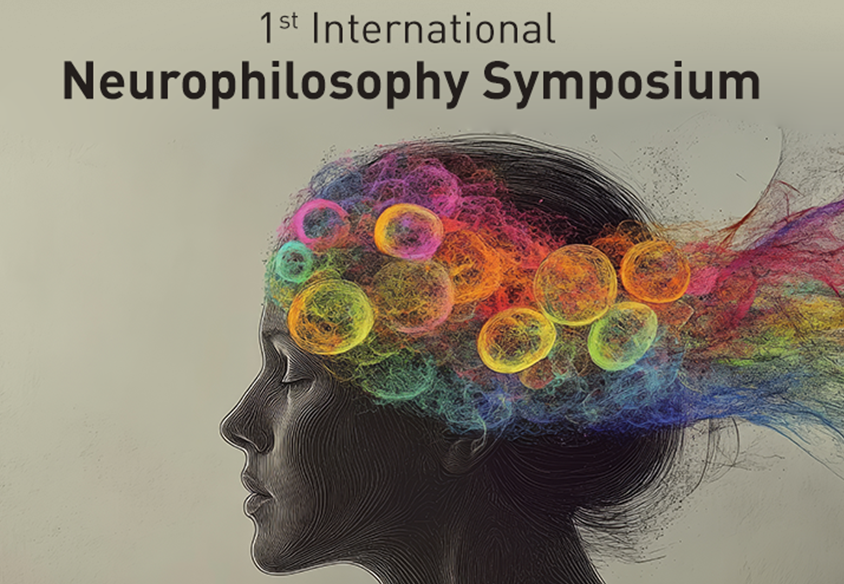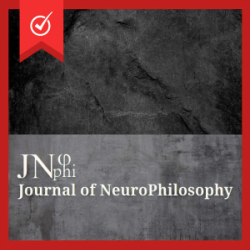Memory of Existing Objects as a Fundamental Idea in the Metaphysics and Ontology of Fictional Entities
Abstract
Analytic philosophers have long debated about whether fictional characters exist. Fictional antirealists argue that fictional entities are not part of the objects that exist; fictional realists believe that fictional entities do exist. Drawing on recent neuroscientific developments, I make the case here for fictional realism. I review the neuroscientific evidence that memory functions not only to remember the past but to prepare for the future by rearranging the components of past experiences to permit anticipation of future scenarios. Both imagery (neural representations of objects not present in the environment) and imagination (production of novel neural images during waking and sleep) rely on retrieval of memories of previous experiences. I argue that the creation of a fictional character (e.g., Jane Austen creating Emma Woodhouse) involves the recombination of memories and images from the author’s biographical experience. Thus, fictional characters are ontologically dependent not just on the material objects containing their stories (e.g., books, films) but also on the real objects/individuals that the author rearranges to form the fictional entity. My theory explains how this rearrangement of previously existing elements can create something new without relying on the idea of pretence, as all elements of the fictional entity derive from persons or objects existing in the real world.
Keywords:
Memory, Creativity, Imagery, Recall, MaterialismDownloads
Metrics
References
Addis DR, Wong AT, Schacter DL. Remembering the past and imagining the future: Common and distinct neural substrates during event construction and elaboration. Neuropsychologia. 2007;45:1363–77.
Agnati LF, Guidolin D, Battistin L, Pagnoni G, Fuxe K. The neurobiology of imagination: Possible role of interaction-dominant dynamics and default mode network. Front Psychol. 2013;4:296.
Allman MJ, Pelphrey KA, Meck WH. Developmental neuroscience of time and number: Implications for autism and other neurodevelopmental disabilities. Front Integr Neurosci. 2012;6:7.
Arzy S, Dafni-Merom A. Imagining and experiencing the self on cognitive maps. In: Abraham A, editor. The Cambridge Handbook of the Imagination. Cambridge: Cambridge University Press; 2020. p. 311–31.
Austen J. Emma. Broadview Press; 1816/2004.
Downloads
Published
How to Cite
Issue
Section
License
Copyright (c) 2024 Arturo Leyva Pizano

This work is licensed under a Creative Commons Attribution-NonCommercial-ShareAlike 4.0 International License.
Authors continue to hold copyright with no restrictions.




